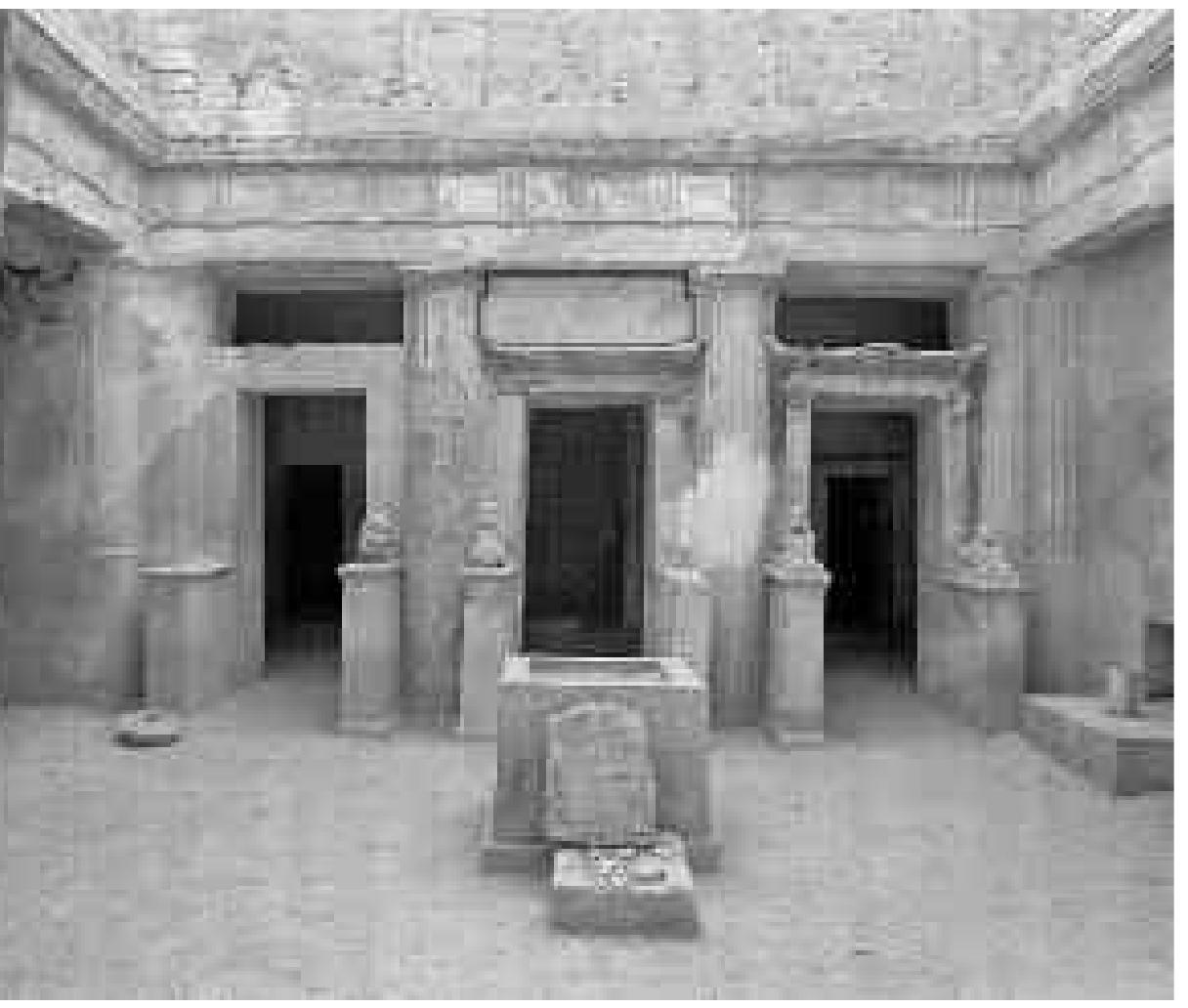Werner Heisenberg is considered a pivotal personality in the evolution of modern physics, primarily known for his groundbreaking contributions to quantum mechanics. The concepts he introduced fundamentally transformed the scientific comprehension of atomic and subatomic domains, establishing a theoretical foundation that continues to be essential in current physics. Examining Heisenberg’s core theories highlights not only their deep scientific importance but also their enduring philosophical influence.
The Uncertainty Principle
Perhaps the most celebrated of Heisenberg’s contributions is the Uncertainty Principle, formulated in 1927. This principle asserts that there exists a fundamental limit to the precision with which certain pairs of physical properties, known as conjugate variables, can be simultaneously known. The best-known pair is position and momentum. Mathematically, the uncertainty principle is expressed as:
The product of the uncertainty in {{position}} and the uncertainty in {{momentum}} must be greater than or equal to {{Planck’s}} constant divided by 4π.
Here, Δx represents the uncertainty in position, Δp the uncertainty in momentum, and ħ (h-bar) is the reduced Planck constant. Heisenberg’s insight dismantled the longstanding notion—derived from classical physics—that, given sufficiently advanced measurement tools, all properties of a particle could be known simultaneously with arbitrary accuracy.
Consider an experimental scenario involving an electron observed through a photon microscope. Increasing the photon’s energy for a sharper image inevitably disturbs the electron’s momentum due to photon-particle interaction, thus amplifying uncertainty in its momentum. Conversely, using lower-energy photons spares the momentum but yields a less precise location measurement. Heisenberg’s principle, therefore, does not merely reflect a limitation of technology, but rather an intrinsic property of quantum systems—the fabric of reality itself enforces this uncertainty.
Beyond its technical consequences, the Uncertainty Principle invites philosophical reflection. It challenges the deterministic worldview upheld by classical mechanics. Heisenberg himself emphasized that the observer and the observed system are inextricably linked; the act of measurement is an active intervention in quantum phenomena.
Matrix Mechanics: The First Quantum Theory
In 1925, at the young age of twenty-three, Heisenberg unveiled Matrix Mechanics, which stood as the initial comprehensive and coherent framework for quantum mechanics. Before this development, quantum theory consisted of a collection of disparate rules put forth by different physicists to explain specific occurrences, including blackbody radiation and atomic spectra. Heisenberg’s methodology fundamentally transformed how quantum phenomena were conceptualized.
Rather than depicting electrons as particles following exact trajectories (like in the Bohr Model), Heisenberg suggested representing measurable values—such as the spectral lines produced by atoms—as mathematical arrangements called matrices. Within this structure, physical attributes like location and impetus were substituted with matrices whose components reflected changes between quantum states.
A key feature of matrix mechanics is the non-commutative nature of matrix multiplication; for example, the product of two matrices representing position and momentum depends on the order in which they are multiplied. This leads directly to the mathematical foundation of the uncertainty principle. Heisenberg’s colleague, Max Born, recognized that Heisenberg’s “quantum” quantities followed the mathematics of matrix algebra, paving the way for a systematic theory.
This theory provided a toolkit for calculating atomic spectral lines with unprecedented accuracy. Heisenberg’s matrices and the concept of quantized observables subsequently became cornerstone ideas within quantum mechanics, later shown to be mathematically equivalent to Erwin Schrödinger’s wave mechanics.
Heisenberg’s Impact on Quantum Field Theory
As his career progressed, Heisenberg expanded his focus from individual particles to the collective behavior of many-particle systems and fields. In the late 1920s and beyond, he played a pivotal role in the development of Quantum Field Theory, particularly through efforts to understand how interactions, such as electromagnetic and nuclear forces, operate at the quantum level.
Heisenberg proposed that fundamental interactions should be described by fields quantized in a manner analogous to ordinary quantum mechanics. Collaborating with Wolfgang Pauli, he contributed to the quantization of the electromagnetic field—a milestone underpinning quantum electrodynamics (QED). This formalism extends quantum theory from particles alone to include the fields they interact with, laying the groundwork for the Standard Model of particle physics.
The S-Matrix Theory
In response to the challenges of describing particle collisions and high-energy interactions in the 1940s and 1950s, Heisenberg turned his attention to the development of the S-matrix theory (scattering matrix theory). This approach seeks to relate the initial and final states of particles in a collision without necessarily describing the complex details of intermediate interactions.
Heisenberg’s S-matrix theory held significant sway during the early development of quantum field theory. It offered a refined method for deriving observable outcomes, like cross-sections for scattering occurrences, without relying on vague or troublesome notions. While eventually replaced by more extensive frameworks, the S-matrix methodology laid the groundwork for subsequent progress in both theoretical and experimental particle physics.
Heisenberg’s Non-Linear Spinor Theory
In his pursuit of a unified field theory, Heisenberg explored speculative concepts with his Non-Linear Spinor Theory during the 1950s and 1960s. He aimed to account for the multitude of observed subatomic particles as various expressions of a singular fundamental entity, regulated by non-linear equations. According to this perspective, protons, neutrons, and other elementary particles would manifest as distinct solutions derived from these equations.
Despite the non-linear spinor theory not achieving the experimental triumphs Heisenberg had envisioned, its aspiration for conceptual coherence within particle physics foreshadowed subsequent endeavors, including grand unified theories and string theory. This demonstrated Heisenberg’s persistent determination to explore the boundaries of theoretical physics beyond current understanding.
Philosophical Viewpoints and Enduring Impact
Heisenberg’s concepts extended beyond mere technical progress, carrying deep philosophical significance. He posited that the precisely defined principles of classical physics gave way, at the quantum scale, to connections of likelihoods and indeterminacies. His publications, particularly in volumes such as Physics and Philosophy, articulated a scientific perspective where the fundamental nature of reality is not consistently straightforwardly observable, and the inquiries posed influence the responses obtained.
Heisenberg’s concepts have had a profound influence reaching well beyond the realm of theoretical physics. For example, the uncertainty principle is frequently referenced in various disciplines such as information theory, statistical mechanics, and even popular culture, serving as an analogy for the boundaries of understanding. Matrix mechanics and quantum field theory constitute the mathematical framework underpinning almost all contemporary investigations in atomic, nuclear, and particle physics.
Heisenberg’s body of work exemplifies the ultimate expression of scientific ingenuity: a readiness to move beyond the security of conventional beliefs to seek out more profound, precise understandings of how nature operates. Through his development of quantum mechanics’ theoretical underpinnings and functional instruments, he not only demystified the atom but also reshaped the limits of what is knowable and quantifiable. This lasting impact firmly establishes Heisenberg’s position among the preeminent thinkers of the twentieth century.



